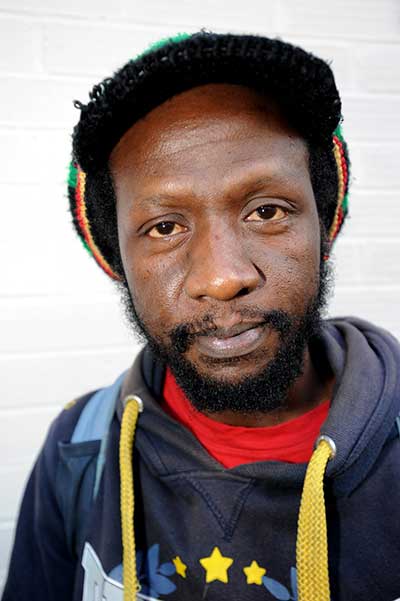
Poor living conditions
Because TB bacteria persist in the air and spread more easily in dark, poorly ventilated and overcrowded conditions, families already living in poverty are more likely to be affected by TB.
In the developing world, large family sizes are common and several generations of a family often live together under one roof. Tuberculosis is a particular problem in refugee camps, slums and shanty towns – where many people live in close proximity, in make-shift accommodation.
In any country, tuberculosis tends to be concentrated in urban areas. In poorer communities in the UK, many people also live in inadequate conditions, where TB is more likely to spread.
Homelessness
In the UK and overseas, many of the most marginalised in society may be homeless or in temporary accommodation. These include people and families seeking asylum, those undergoing treatment for drink or drug issues, and those leaving the prison system.
In high-income and low-income countries alike, homeless people are at particular risk from TB. They are more likely to be exposed to TB bacteria in hostel accommodation or settings where homeless people gather to sleep or socialise. The immune stresses associated with homelessness – such as rough sleeping, cold, poor nutrition and drink or drug abuse – then make it more likely that someone exposed to TB will go on to develop the illness.
Homeless people may also think the symptoms of TB are simply the impact of their lifestyle on their health, so can delay seeking help. They may also be less able to access healthcare, perhaps through fear of authority figures or because their chaotic lifestyles prevent them from attending appointments.
